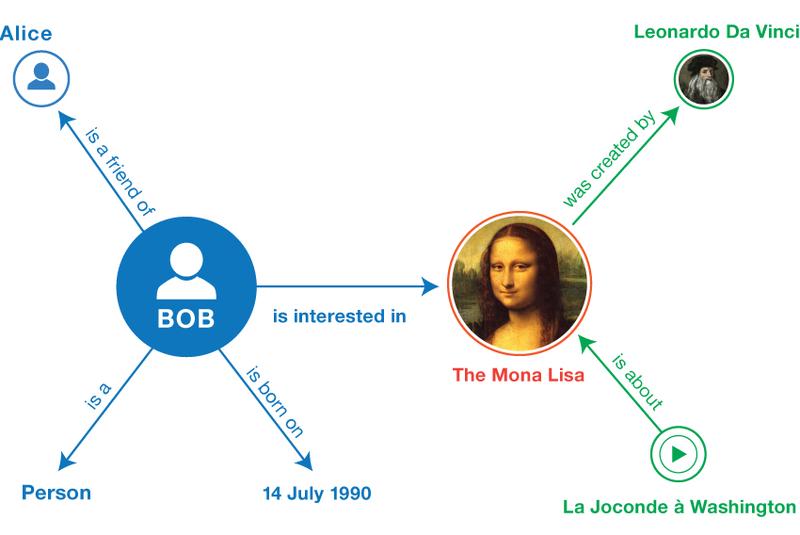Letting go of RDF, at least for now
Posted

A long career at Thomson Reuters gave me the opportunity to learn many architectures, technologies and languages. The one that made the greatest impression on me by far was Resource Description Framework, better known as RDF.
Like many, I didn’t really understand RDF at first. The stick and ball diagrams were intriguing but all the talk of ontologies and OWL didn’t make a ton of sense. SPARQL seemed familiar at least.
However, as I kept exploring, the lightbulbs started to turn on: here was a technology that could represent anything using globally unique schema in a format that any machine could consume building on agreed representations for base types like dates, strings and numbers. Data could be queried, stored, transformed and transferred with no ahead-of-time configuration. While standards like JSON Schema are still in draft format, RDF is ready to roll with a rich set of standards and implementations.
Thomson Reuters/Refinitiv did some interesting things with it: the format for permid.org, an ETL and distribution technology with CM-Well, underpinning Intelligent Tagging
Yet much of the financial services industry, full of counter-party relationships, can barely get going with decent APIs. Much of the time information is exchanged in proprietary CSV models over SFTP or, worse, email.
RDF would fit so well for many of these use cases, but a complex mix of incumbency, small players, lethargy, non IT focus, conservatism and more holds back much standardization, let alone smart standards based on RDF. There’s nothing to be gained by trying to get my counterparties to accept RDF: it will require huge amounts of energy to win intellectual battles that have payback too far in the future to justify.
So, for now, I have to let go. RDF has taught me that there is a better way: extensible, type safe, interoperable, flexible. I build thinking “how would we add RDF to this?”, hoping that, one day, we will be able to. But, for now, without a motivating force we are stuck, like so many, using legacy standards with all their legacy support costs.
Featured image from the W3C RDF Primer